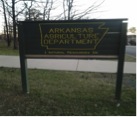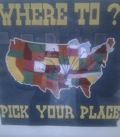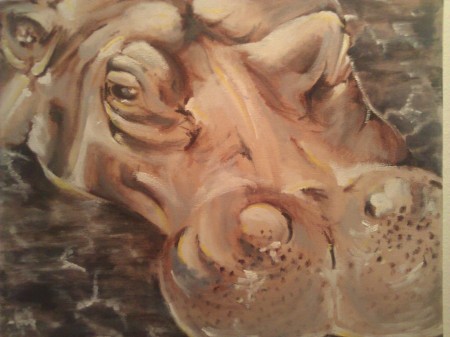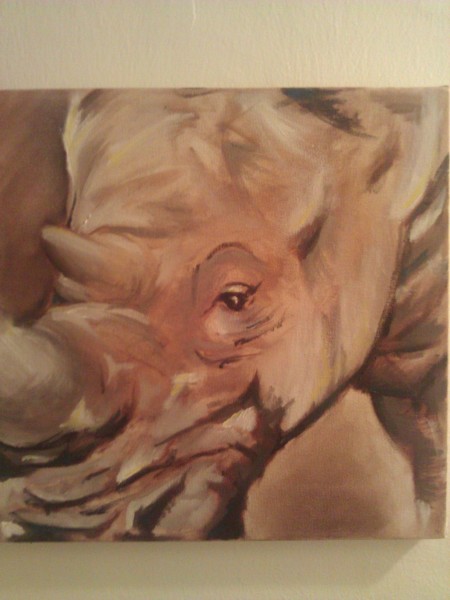Words that Work: Communicating the Value of Preventive Pet Healthcare, March 2013
 Wednesday, April 10, 2013 at 10:41AM
Wednesday, April 10, 2013 at 10:41AM Partners for Healthy Pets is an alliance of more than 20 leading veterinary associations and animal health companies committed to a vision of improved overall health for pets. As an associate member, The Vet Gazette will be regularly posting updates. Check back on Friday for another post and visit thier website to learn more!

Research shows that pet owners are willing to embrace preventive healthcare visits if they know it will benefit their pets. Unfortunately, research also shows that many pet owners don’t completely understand the value of routine care. Effective communications skills help establish trust between the pet owner and your healthcare team. They also lead to client and patient compliance.
As professionals, we are good at making recommendations about pet health, but we are not always as diligent about effectively communicating the value and benefit of what we are recommending. The more we understand about a pet owner and the pet’s environment, the more we can help the pet owner understand the value of what we are doing and the more willing they are to provide their pet with the care you recommend.
Our clients need to understand the value of veterinary services, and the goal of Partners for Healthy Pets is to help you build appreciation for preventive healthcare by helping you better communicate the value of your services.
 Partners for healthy pets in
Partners for healthy pets in  SAVMA News
SAVMA News 






